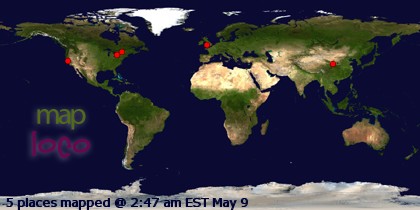Session 12 - Koryu Development
So I am now more or less decided on my range of koryu to pick from depending on the shitei waza:
1. Shohatto
2. Oroshi
3. Towaki
4. Ukenagashi
I spent this session after being filmed (posted later in this blog) trying to work through shohatto and oroshi as slowly as possible and get the legs in time with the sword. This it seems is more challenging than it appears.
One of the things that I have had uncovered for me is the way of "levelling" the sword as sayabanare is achieved so that it flies in a relatively flat plane into nukitsuke. Counterintuitively, this isn't achieved by consciously flicking the kissaki up. Instead if one exerts a slight amount of pressure so that the back (mune) of the blade presses against its lower face of the saya, at the point of sayabanare the action of the grip changing the force to motivate the kissaki forwards then seems to automatically bring the kensen up to horizontal. This has the additional benefit of course of stopping the sword either rattling in the saya or the kissaki cutting the koiguchi. I stress though that this pressure only seems to work if it is applied lightly.
I am feeling more at home with all my koryu at the moment and I'm pretty sure this is coming about with a strengthening of my legs. More on this in the next blogpost thingy...
Session 13 - IAIDO AND THE ART OF SEIZA
Quite by accident rather than intention I spent most of last Wednesday night's practice physically trying to answer the question posted on this webforum...
Kendo World - Why Iai Kata from Seiza Are Wrong...
I found this post originally quite annoyingly provocative and the post had been answered to death before long. However during our initial warm ups I decided to spend the whole session just doing Mae, Ushiro and Ukenagashi. I found myself remembering that Iaido is 75% (give or take a chunk) about the feet, in fact the whole form was either made or broken by not having the feet right despite what the upper body did.
I rediscovered a bit of truth with nearly every response on the forum supporting good reasons why iai was done from seiza, not least the reason which I regurgitated from Ishido Sensei that:
Iaido was originally all performed outside and standing. In order to make the training harder, more and more exponents begun their forms from a more prone position, stating the rationale that if one could move quickly and fluidly from a more compromising position then it should make one's performance from a standing position even more expedient.
I am feeling the after effects of this training a bit today, in a good way, and I am hoping that it kicks the rest of my performance into shape a bit. I am definately feeling better all round for having my lower body become stronger.
Anyway I think I will do more of this type of training for the duration. My own teacher was quite pleased when I made all the movements in seitei very softly and simply and emphasised that the synchronisation of certain parts of the body, blended with the stillness of other bits are what made a good 6th dan.
To finish I am going to use this blog to critique my own little koryu embu that I did for the record in session 12:
1. Shohatto - maybe needs a little bit more forward movement on nukitsuke; timing of ochiburi and standing needs improving (actually I worked on this in session 13 by triggering my stand just before the sword started moving from the head); need to keep the end of the chiburi movement more forward (also worked on this in session 13 with mae); need to stop pushing sword down at the end of noto.
2. Oroshi - working on moving noto; need to maintain posture a little bit more during kata.
3. Towaki - need to keep body more stable on 2nd cut.
4. Ukenagashi - actually I was quite amazed that I could get my lard-ass to move this quickly; need to move a bit more off the centreline and forward on the cut.
For those who weren't on the new L2 Coaching Course I recommend VLC Media Player for anyone who wants to use video for a similar purpose. It supports most file types and has slow and fast features for viewing.
Friday, 2 April 2010
Subscribe to:
Comments (Atom)





